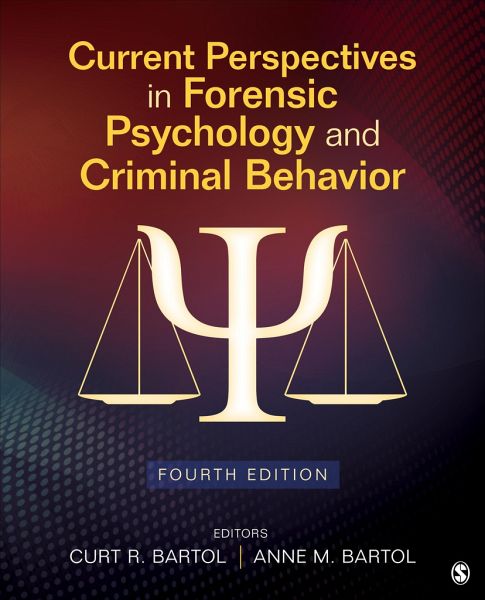Nicht lieferbar

Current Perspectives in Forensic Psychology and Criminal Behavior
Versandkostenfrei!
Nicht lieferbar
Featuring thirty-one new articles by experts in the field, this dynamic forensic psychology reader emphasizes the ways that forensic psychologists apply psychological knowledge, concepts, and principles on a day-to-day basis.











